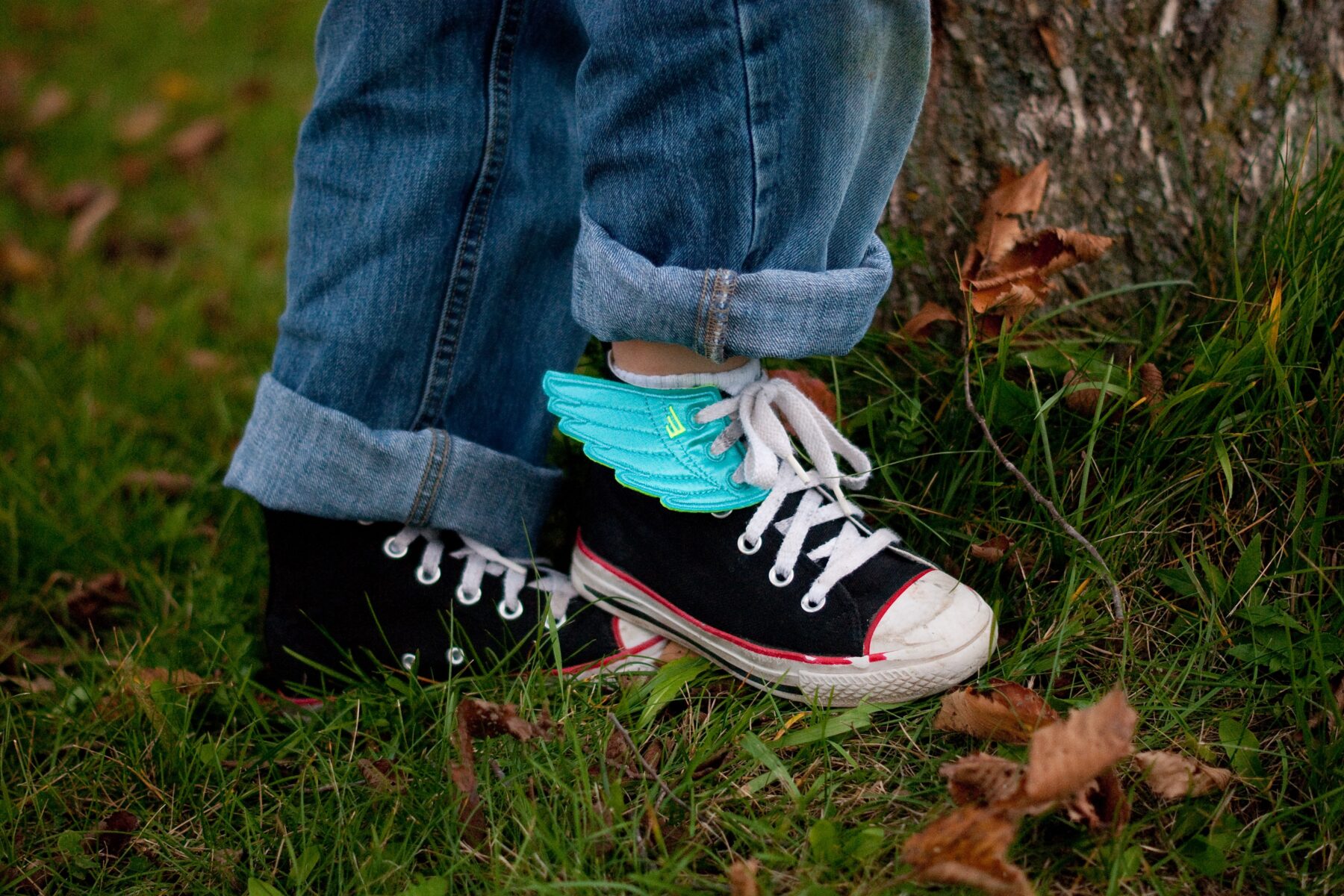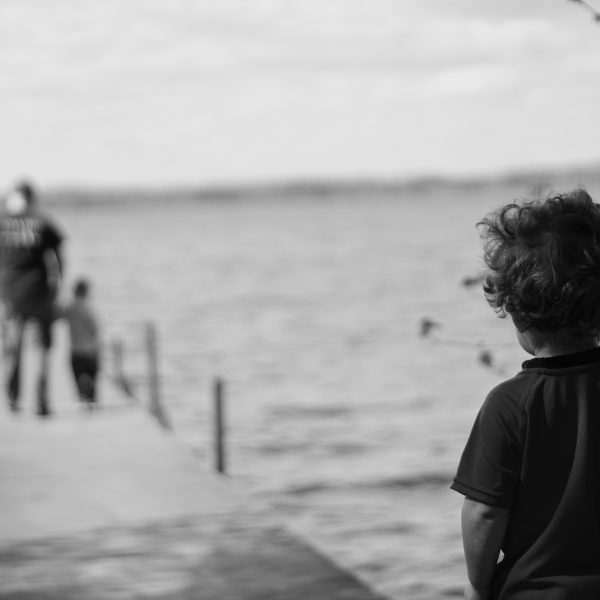Office of the Children’s Guardian shares insights on Child Safe Standards

The Office of the Children’s Guardian has shared insights on how the Child Safe Standards relate to the National Quality Framework (NQF), and advice for ensuring child safe practices are in place within services.
What is the Child Safe Scheme?
The Child Safe Scheme is regulated by the Office of the Children’s Guardian (OCG) and was introduced in NSW February 2022. This scheme embeds the Child Safe Standards recommended by the Royal Commission into Institutional Responses to Child Sexual Abuse in the Children’s Guardian Act 2019 to guide child safe practice in NSW.
The OCG is tasked with helping early childhood education and care (ECEC) services to implement the Child Safe Standards, with a strong focus on education and capability building.
The Child Safe Standards are designed to drive cultural change to create, maintain and improve child safe practices. When organisations implement the Child Safe Standards, they build a culture where abuse of children is prevented, responded to and reported.
“We may not like to think that child abuse and harm to children may happen under our watch but when we recognise and accept that it can happen, and learn more about how it happens, we can put in place measures that reduce its likelihood,” an OCG spokesperson said.
The Child Safe Standards and the National Quality Framework
Many elements of the Child Safe Standards overlap with the NQF, which means ECEC services are already well positioned to meet the Child Safe Standards. While the NQF provides a sound educational and safety framework, the Child Safe Standards add safety practices in relation to preventing organisational abuse. That is, preventing or minimising harm and abuse to children in ECEC services by educators, staff or other children.
ECEC services already have a strong child and family centred approach and are knowledgeable about child protection and risk assessments in relation to the physical environment and medical conditions. These are solid foundations for implementing the Child Safe Standards.
For many ECEC services, implementing the Child Safe Standards will only require a shift in the way they think about risk (including organisational risk of harm and abuse) and extending on existing child safe practices and risk management.
“When we talk about the NQF’s Quality Area 2 – Children’s Health and Safety, there is significant overlap across every Child Safe Standard, but it is closely aligned with Child Safe Standard 8,” an OCG spokesperson said.
Child Safe Standard 8 outlines physical and online environments that are set up in such a way as to minimise the opportunity for abuse to occur.
“Organisations that work with children have a responsibility to keep them safe from harm and abuse,” the spokesperson continued.
“All child-related organisations will have some element of risk of harm. The risks will be unique to the service based on the culture, nature of the service (in terms of how they support and interact with children), the community they serve and the workforce.”
ECEC services are already required to supervise children and ensure the physical environment is safe. A child safe lens over this means being aware and observing educator and staff interactions with children.
“Keeping this eye out during your usual supervision duties ensures any concerning or inappropriate behaviour can be witnessed, documented and reported,” the OCG spokesperson said.
“Child safe supervision also includes supervision of child-to-child interactions to ensure the risk of peer-to-peer harm or abuse is seen and managed.”
Managing risk of harm online
With children as young as two years of age accessing online material regularly, ECEC services are increasingly including online learning in their programming.
In a Child Safe context, online risks to children need to be identified and managed. These risk management strategies will be very different across service types.
“For example, a preschool would ideally supervise and support the use of a device for learning with safeguard timers/locks and only have educational apps on the device,” the spokesperson explained.
“An outside of school hours care (OSHC) service manages very different risks, with many children having access to their personal devices. These risks should be accounted for in policies and children should be supported to use their devices respectfully and safely. Some OSHC services have policies that ban personal devices and only have service devices available to control online risks and prevent bullying.”
Child safe practice review
The OCG recommends that services review their current supervision practices across the service (inside, outside and online), exploring the following reflective questions:
- When educators are supervising, where are they standing? Do they have line of sight of children and other educators? Are there barriers to your line of sight (trees, cubby houses, large spaces to supervise)? Do any educators have their backs to children?
- When children are using devices, how are you supporting safe use of online activities? Are children using their personal devices? Do you have codes of conduct for children about what is acceptable use of their devices while at the service? How could you identify bullying online? Are educators aware it is not appropriate for them to interact with children online via any social media?
- When supporting children with nappy changes and toileting, what child safe practices do you implement? Do you seek consent and inform a child before commencing nappy changes or supporting with toileting? Do you have additional practices in place with children who have support needs with toileting that is different to their age equivalent peers?
- When children at OSHC go to the bathrooms, do they go alone, with other children, how long are they expected to be gone before an educator would go to check? How do educators check on children in the bathroom in an appropriate, child safe way?
Upcoming risk workshops for ECEC services
The OCG has developed workshops that have been designed to cover everything an ECEC service needs to know about child safe risk management within an ECEC context. They are suitable for area managers, directors, managers and experienced educators. There is some assumed knowledge that will not be covered in the workshops.
The risk workshops include:
- child safe policies and Code of Conduct
- reporting and conflicts of interest
- recruitment and staff training.
Please register here if you are interested in attending the workshops.
Additional child safe resources from the OCG to help services extend their current child health and safety practices include:
-
- Risk management handbooks to inform and manage organisational risk:
- Risk Management and the Child Safe Standards Part 1 Responding to risk: A resource for child related organisations
- Risk Management and the Child Safe Standards Part 2 Identifying risk: A resource for child related organisations.
-
- Educating staff and educators on risk of abuse:
- Induction video – Part 1 Recognising abuse
- Induction video – Part 2 Responding to abuse
- About grooming – information for child related organisations.
The eSafety Commissioner also has free online learning for educators and for children of different ages:
To read this information in its original form, please see here.
Popular

Workforce
Quality
Research
When did it start to go wrong?
2025-12-18 08:00:46
by Fiona Alston

Quality
Practice
Research
Small ways to teach babies and toddlers body safety and consent in early learning
2025-12-15 08:00:40
by Fiona Alston

Quality
Research
Food safety in early learning centres: Protecting children through better practices
2025-12-15 07:45:24
by Contributed Content
















